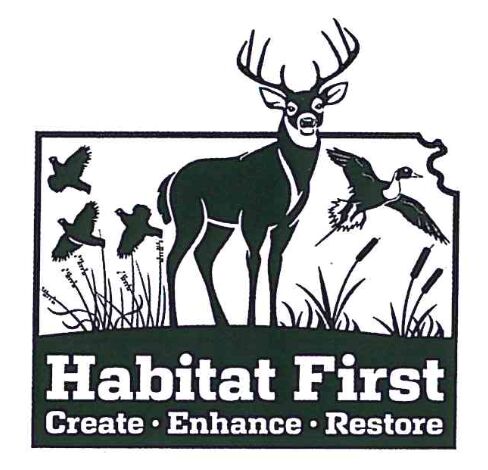Kansas State University wildlife extension specialist Drew Ricketts says managing private lands to benefit wildlife can be expensive, but there is help for landowners.
Ricketts said the Kansas Department of Wildlife and Parks offers the program Habitat First, which is funded by the Pittman Robertson Act. The program assesses a tax on hunting equipment to support wildlife research and habitat improvement.
Ricketts said Habitat First is less complicated than most programs, making the distribution of payments and assistance easier.
“Let’s say you know you want to convert brome or fescue back to native grass,” he said. “The program has a per acre rate that will pay for herbicide application for that specific purpose, and they have a per acre rate that they will pay for grass seed.
“The first step,” he added, “is reaching out to Wildlife and Parks to find out who your local area biologist is. They’ll set up a site visit with you, talk about your goals and set up a contract if that’s something you’re interested in.”
More information can be found on the Kansas Department of Wildlife and Parks website, or by reaching out to a local biologist.
Another program, the Environmental Quality Incentive Program, is more familiar among producers, Ricketts said.
EQIP has specific, wildlife-driven sectors and is intended to be a cost share where the National Resources Conservation Service pays 50% of the costs to improve habitat, and the producer pays the other 50%.
Ricketts said another cost-share program, Partners for Fish and Wildlife, is focused on at-risk species populations in Kansas, specifically the greater and lesser prairie chickens. It is managed by the U.S. Fish and Wildlife Services.
Landowners may also receive help through the Conservation Reserve Program, an erosion program to help balance commodities markets. While it was not originally planned with wildlife in mind, practices associated with CRP management impact wildlife habitats and thus parts of the program are wildlife driven.
“Anytime we’re planting native grass in areas where it’s lacking, it improves habitat for wildlife over time,” Ricketts said. “The State Acres for Wildlife Enhancement is one part that’s specifically wildlife-driven, and a lot of that is in center pivot irrigation systems where the corners are planted to native grass that are good for pheasant and quail.”



